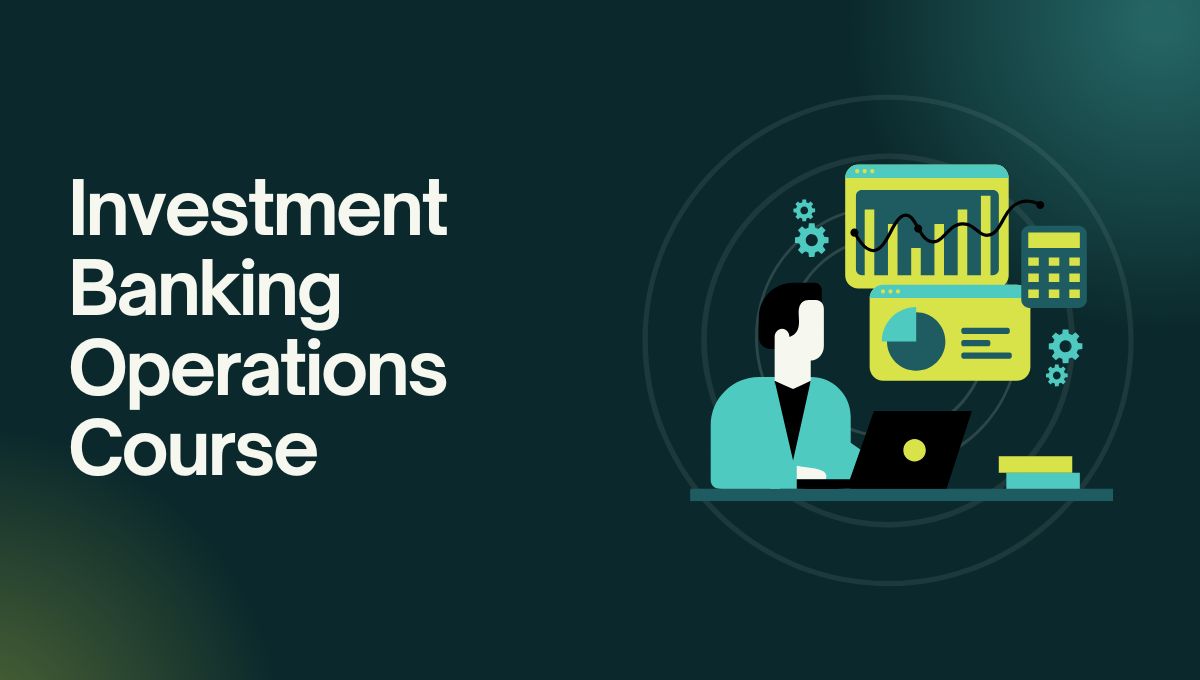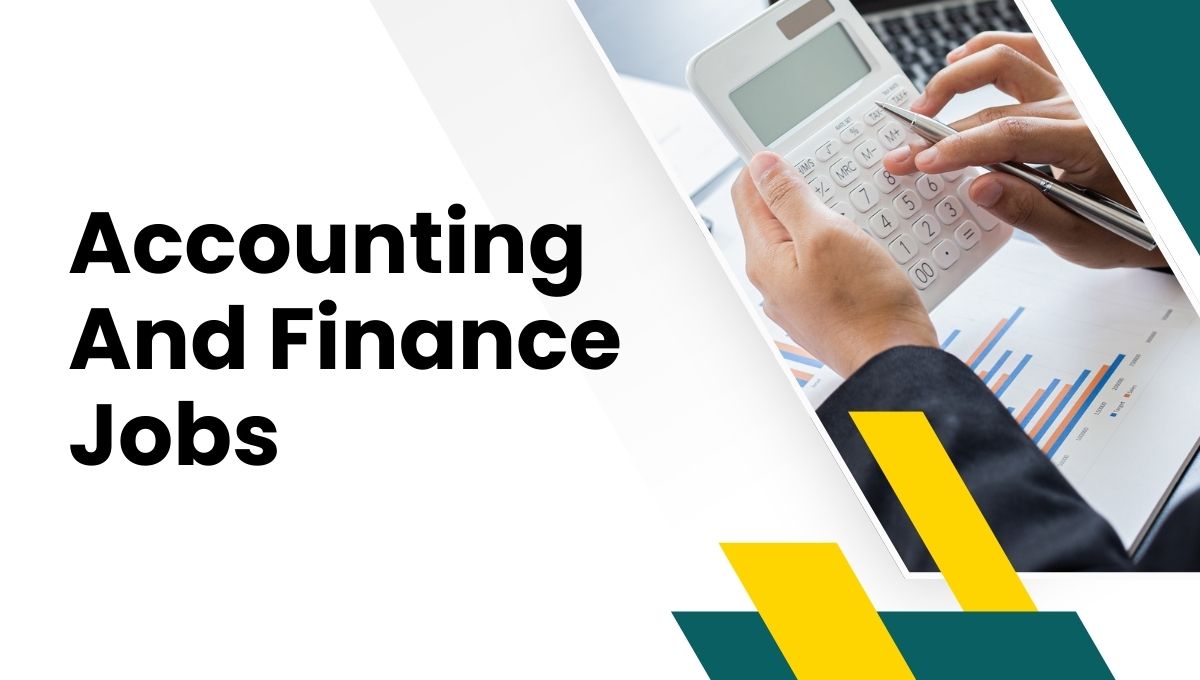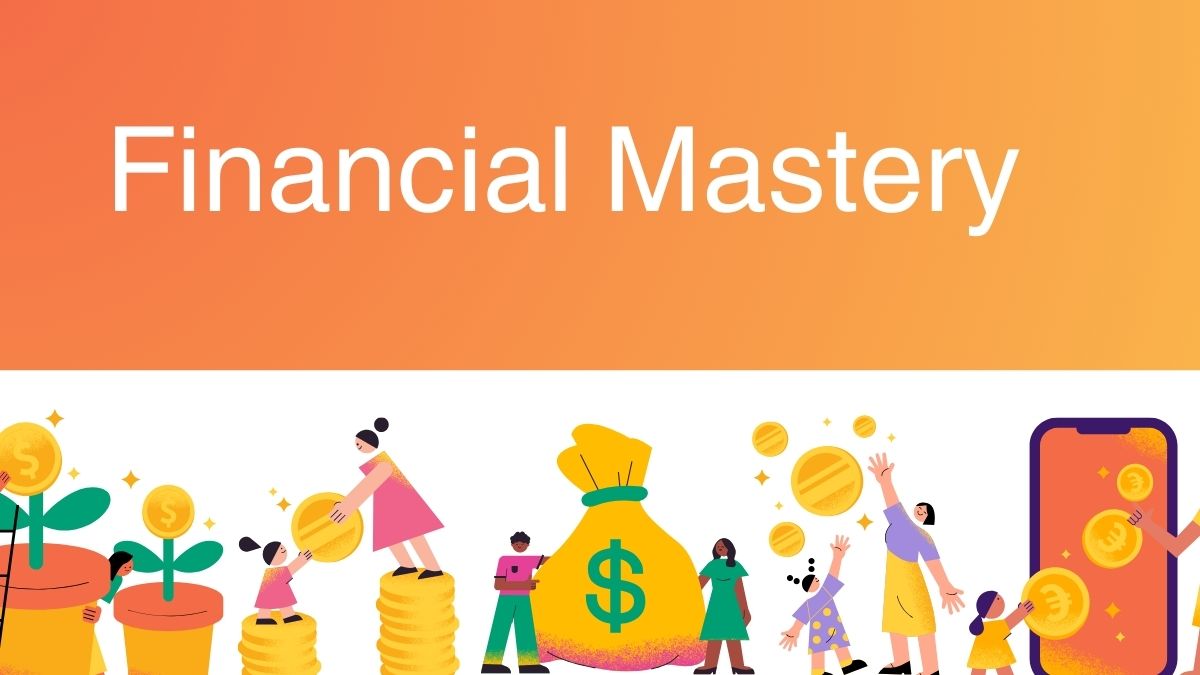Let’s address the obvious topic: an investment banking operations course is the quickest route from theory to the trade floor.
Global regulators now demand same‑day accuracy, India has fully embraced T+1 settlement, and SEBI is trialling optional T+0 for the top 500 stocks
And hence banks need people who can reconcile trades in minutes, not days. This blog guide explores the technical and soft skills you gain, the real‑world tools you will use, and how the learning translates into tangible career rewards.
What are the most valuable outcomes of an investment banking operations course?
You leave with trade‑life‑cycle fluency, automation know‑how and strengthen risk controls—skills cited in over 90 % of middle‑office job ads and proven to cut settlement‑break rates by 30 % in banks that hire certified talent.
Why Operations Expertise Matters in 2025
- Global investment‑banking revenue is projected to hit US $394 billion next year.
- SEBI’s push from T+2 to T+1— and now to T+0—demands near‑real‑time matching, confirmation and funding. (Sources)
- Average settlement failures on the NSE fell from 0.82 % to 0.41 % after the move to T+1, spotlighting the value of efficient back‑office controls. (Source)
In short, revenue depends on error‑free post‑trade execution—making investment banking skills in operations more valuable than ever.
Core Technical Skills You’ll Master
Trade‑Lifecycle Fluency
You map every checkpoint—deal capture, allocation, confirmation, clearing, custody and cash settlement. Being able to narrate the lifecycle end‑to‑end is the first filter in most interviews.
Settlement & Clearing in a T+1/T+0 World
Straight‑through‑processing (STP), SWIFT FIN/ISO 20022 messages, DTCC CTM® workflows and failures‑management dashboards form the backbone of modern banking operations training.
Risk Management in Banking
Basel III capital rules, operational‑risk key‑indicator matrices, margin optimisation and intraday‑liquidity buffers become your second nature in investment banking operatiopns. You learn how a single unmatched LEI can trigger multi‑million‑pound fines.
Regulatory Reporting & Compliance Automation
The course decodes EMIR, MiFID II, SFTR and India’s new LEI‑based reporting forms. You build scripts that auto‑populate trade repositories—reducing manual errors and overtime.
Data & Digital Skills
Python for reconciliations, SQL for breaks analysis, VBA for quick fixes and low‑code BI dashboards for real‑time P&L. JP Morgan lists these exact skills in 2025 analyst vacancies.
Financial Markets Knowledge
Asset‑class deep‑dives—equities, fixed income, FX, listed and OTC derivatives—ensure you understand how product terms influence the trade settlement process.
Table 1 – Mapping Skills to the Trade Life‑Cycle
| Phase | Skill Acquired | Real‑World Impact |
| Pre‑trade | Deal‑booking accuracy | Saves amendment fees and reputational loss |
| Execution | FIX connectivity, low‑latency routing | Prevents slippage & duplicate orders |
| Confirmation | CTM® matching, Swift MT54x messages | Cuts manual breaks by up to 80 % |
| Clearing | CCP margin, netting algorithms | Optimises capital, frees balance‑sheet space |
| Settlement | T+1/T+0 cash and securities flows | Avoids penalty fees & buy‑ins |
| Post‑settlement | Reconciliations, regulatory submissions | Demonstrates robust governance |
Essential Soft Skills & Finance‑Industry Expertise
- Analytical curiosity – spotting breaks before they snowball.
- Stakeholder diplomacy – liaising with traders, custodians and regulators across time zones.
- Change resilience – absorbing daily regulatory updates without panic.
A BCG survey showed that teams combining technical proficiency with cross‑cultural communication reduced settlement errors by 17 %.
Fresh Perspective: The T+1/T+0 Job Dividend
When US test groups moved to T+1, operations hiring spiked 25 % quarter‑on‑quarter, with junior staff commanding higher bonuses for night‑shift coverage.
India’s optional T+0 pilot is likely to replicate that pattern, rewarding graduates of an investment banking operations course who can compress processes into a single trading day.
Spotlight on Imarticus Learning’s Programme
The Certified Investment Banking Operations Programme (CIBOP) at Imarticus Learning delivers:
- Banking operations training through asset‑class labs.
- Simulation sprints replicating live trade breaks under pressure.
- Guest masterclasses from Citi, Goldman Sachs and BNY Mellon alumni.
- Placement partnerships with 1,000+ firms with 100% job assurance.
Explore the full program: https://imarticus.org/certified-investment-banking-operations-program/
6. Career Outcomes and Salary Benchmarks
Entry‑Level Roles
| Role | Typical Annual Salary (₹) |
| Operations Analyst | 490k–800k |
| Trade Support Analyst | 600k–960k |
| Settlements Associate | ~595k |
| Investment Banking Analyst | ~1.2 million |
Pathways After Five Years
- Product‑control manager
- Collateral‑optimisation lead
- Regulatory‑reporting VP
- Trade‑floor project‑manager for digitisation
Professionals who began in operations are now spearheading cloud migrations and AI reconciliation pilots.
Module‑by‑Module Breakdown
- Financial Markets Knowledge – cash vs derivatives, primary vs secondary markets (20 hours).
- Trade‑Life‑Cycle Deep‑Dive – hands‑on simulations for equities and bonds (30 hours).
- Risk Management in Banking – Basel III, KRI dashboards, operational risk mapping (18 hours).
- Regulatory Landscape – EMIR, MiFID II, SFTR, SEBI circulars (15 hours).
- Data & Automation – Python, SQL, VBA, Alteryx for reconciliations (25 hours).
- Soft‑Skill Coaching – crisis communication, stakeholder updates, time‑zone hand‑offs (10 hours).
Emerging Tech & Future‑Proofing
- AI‑based break prediction – machine‑learning models flag unmatched trades before EOD.
- Blockchain settlement – pilot projects with smart‑contract driven DvP (delivery‑versus‑payment).
- Digital‑asset operations – custody workflows for tokenised securities.
McKinsey expects blockchain post‑trade savings of 40 % by 2028.
FAQs
- How long is an investment banking operations course?
Most run 10–12 weeks full‑time or 24 weeks part‑time, mixing lectures with live simulations. - Do I need finance experience beforehand?
No. Foundation modules cover market basics before advanced trade settlement process flows. - What makes operations different from front‑office roles?
Operations safeguards post‑trade control; the front office originates and prices deals. - Will I study risk management in banking?
Yes—Basel frameworks, VaR thresholds and control self‑assessment are core components. - Is the qualification recognised globally?
Alumni of investment banking course work in London, Singapore and New York due to standardised STP tools. - What starting salary can I expect?
Freshers earn ₹4–8 LPA locally and £35k–£45k in the UK; numbers rise sharply after three years. citeturn0search3 - Does the curriculum cover automation?
Absolutely—Python, SQL and Alteryx are mandatory for reconciliations and break analysis. - How quickly can I move to the front office?
Many analysts transition within three to five years by leveraging their process and knowledge. - What are the growth prospects with T+0 coming?
Same‑day settlement widens the talent gap, boosting demand for certified operations specialists.
Conclusion
Key Takeaways
- An investment banking operations course provides end‑to‑end trade‑life‑cycle mastery, robust automation skills and top‑tier risk management in banking.
- T+1—and soon T+0 will create unprecedented demand for professionals with finance‑industry expertise who can compress processes into hours.
- Hands‑on investment banking operations training links directly to lucrative roles, with salaries already topping ₹1.2 million for first‑year analysts in major hubs.
Ready to turn knowledge into market momentum? Apply for the next intake of Imarticus Learning’s Certified Investment Banking Operations Professional Programme and start powering the trades that drive global finance: https://imarticus.org/certified-investment-banking-operations-program/










